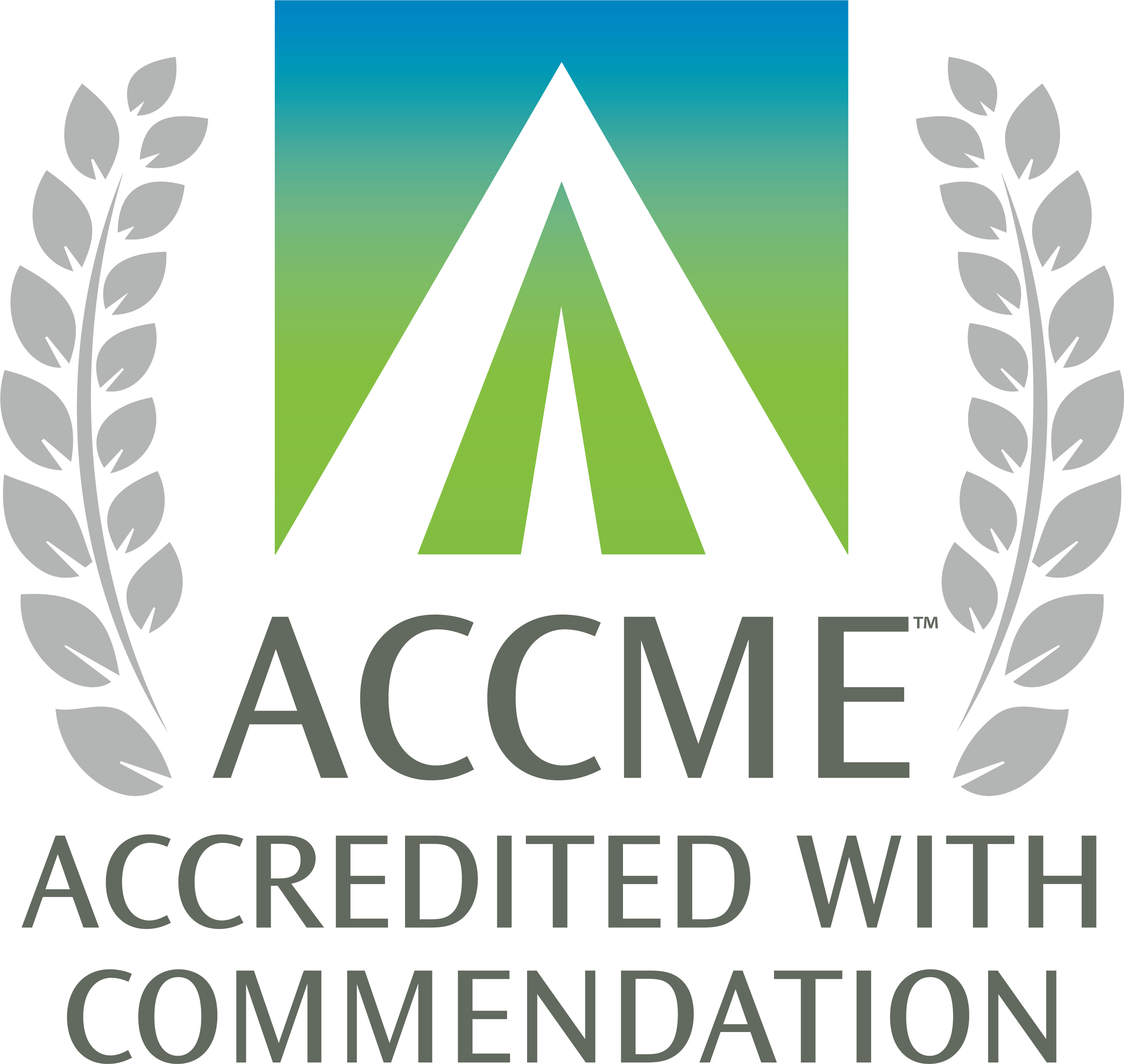Educational Planning
To receive CME credit, all educational activities require documentation describing the process used to design the activity. This documentation is made as easy as possible during the application process within MiCME. Educational planning demonstrates that an activity is relevant (addresses an important problem) and effective (in making the required change).
How does Educational Planning occur in practice?
Step 1: Define the practice gap. The practice gap is the difference between the current practice and ideal practice. It should be described as something that professionals or teams are currently unable to do as well as they would like, eg., “Physicians are currently unable to correctly diagnose X, Y, and Z.” This could be encountered in any area of professional practice; clinical work, teaching, research, or administration. Some resources to help identify and describe gaps in practice are provided in the References Pages[a] section of our Planning Guide.
Step 2: Identify and describe the education required to address the defined practice gap. The educational need(s) should describe the improvement required to address (or “close”) the practice gap. The need(s) should be expressed in terms of knowledge (what one needs to know), competence (what one needs to be able to do), or performance (what one needs to do routinely in everyday practice).
Step 3: Describe the change(s) expected to occur after the successful completion of the educational activity. To be awarded CME credit, the expected positive change in competence, performance, or patient outcomes must be described and provided to all potential participants. The description of expected results allows potential participants to assess the value of the activity and decide if it fits their own educational needs. An improvement in knowledge “is a given” so should not be described in expected results. Expected results should use terms which describe positive change(s) in one or all of the following:
- Competence - Participants will have the ability to: apply, utilize, implement.
- Routine performance - Participants will routinely: manage, perform, diagnose.
- Patient outcome(s) - Patients will experience: a measurable improvement in medical conditions, reduced morbidity or mortality, slowed disease progression or increased satisfaction.
Larger, more involved educational activities likely require more extensive descriptions of educational planning; perhaps describing several gaps, needs, and expected results. Shorter, less complex activities likely require just one. Click the links below to view examples:
- Short activities (e.g., one-hour webinars) typically describe a gap, the need, and the expected results of a single topic.
- Multiple-hour/multiple-day activities, particularly those for which learners pay registration fees, benefit from a more detailed description of gaps, needs, and expected results.
- Ongoing, regularly scheduled series for the same audience (e.g., grand rounds, morbidity and mortality conferences) typically benefit from a broad description of the gaps, needs, and expected results for the entire series.


